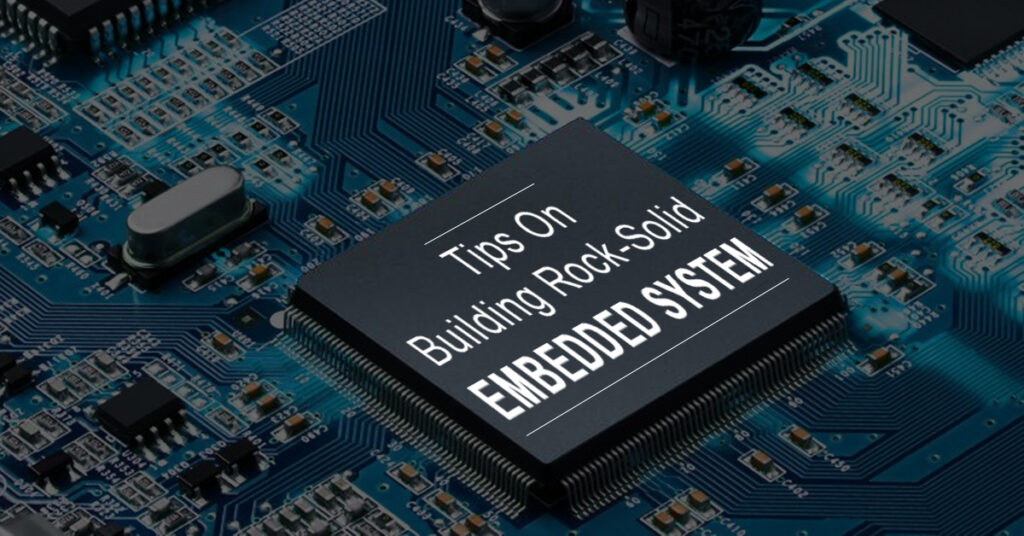
Embedded systems play a critical role in modern technology as it empowers various systems right from smartphones to industrial and automotive devices. Thus, creating rock-solid embedded software is important to ensure its reliability, functionality, and safety. This blog will explore essential tips and best practices to create robust and dependable embedded systems.
Introduce The Product To Your Customer More Often & Early:
You may be wondering why you should give the product to your customer more often and what this has to do with writing rock-solid software. It is because, at the end of the day, your customer decides whether your embedded software is rock-solid or not.
The primary concern in embedded software development is that teams develop the software without real customer requirements. Customers only know what they need once they touch, feel, and play with it. Hence, it is essential to work closely with customers to understand the system’s purpose, target audience, and specific functionalities it needs to perform.
Implement Advanced Testing Techniques:
One of the ideal ways to develop rock-solid embedded software is to utilize various testing techniques to check its credibility. Many tools and methodologies, such as DevOps and CI/CD, exist in this digital era to determine whether the software works perfectly under specified conditions. These tools and methodologies for software testing can be made in smaller units, multiple modules or system-level to ensure the software can work under a controlled environment.
Testing is done to prove the presence of bugs, not their absence, which is an undeniable fact in software development. It is always tempting for a developer to get 100% successful results in code testing, and your software is rock-solid, but unfortunately, it does not always happen! Hence, it is essential to embrace contemporary testing methodologies to enhance the quality of your code, ensure system reliability, and bolster its robustness.
Nevertheless, it is equally important to complement this approach with various supplementary measures. These may include conducting code reviews, utilizing pair programming, analyzing architecture performance, monitoring metrics, and implementing several other strategies.
Manage Critical Inputs And Scenarios With Defensive Programming Techniques:
You may be a proficient programmer or manager leading a team of skilled developers. It is one of the most basic and essential practices but is overlooked by many teams to review the embedded systems code and validate their inputs and outputs. It is crucial to integrate fundamental defensive programming techniques into the software development to handle unexpected inputs and scenarios, even those that might not be immediately apparent.
It may include checking if the parameters are written within the expected range or if there is a memory corruption in the loop which can change the equals (=) or greater than (>/<) values. Thus, elaborate architectural intricacies or clever, elegant code writing do not guarantee robust software; instead, it is achieved by overseeing the minute details of your code.
Developing rock-solid embedded systems requires careful planning, robust design, and rigorous testing. Hence, outsource to Sunstream through their exceptional embedded software development services for developing rock-solid embedded software.




 +1.585.935.7123
+1.585.935.7123 +91-804-148-6861
+91-804-148-6861